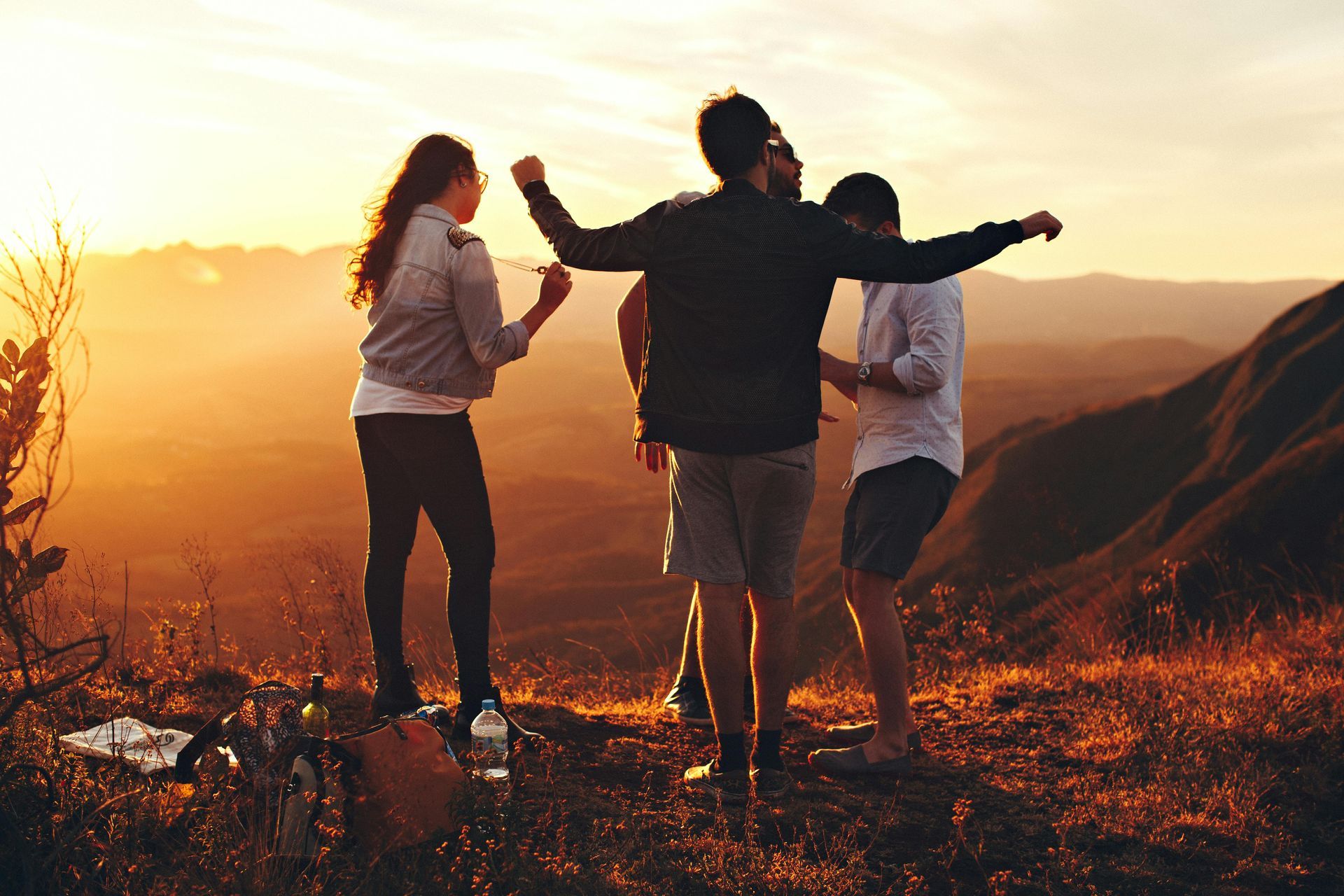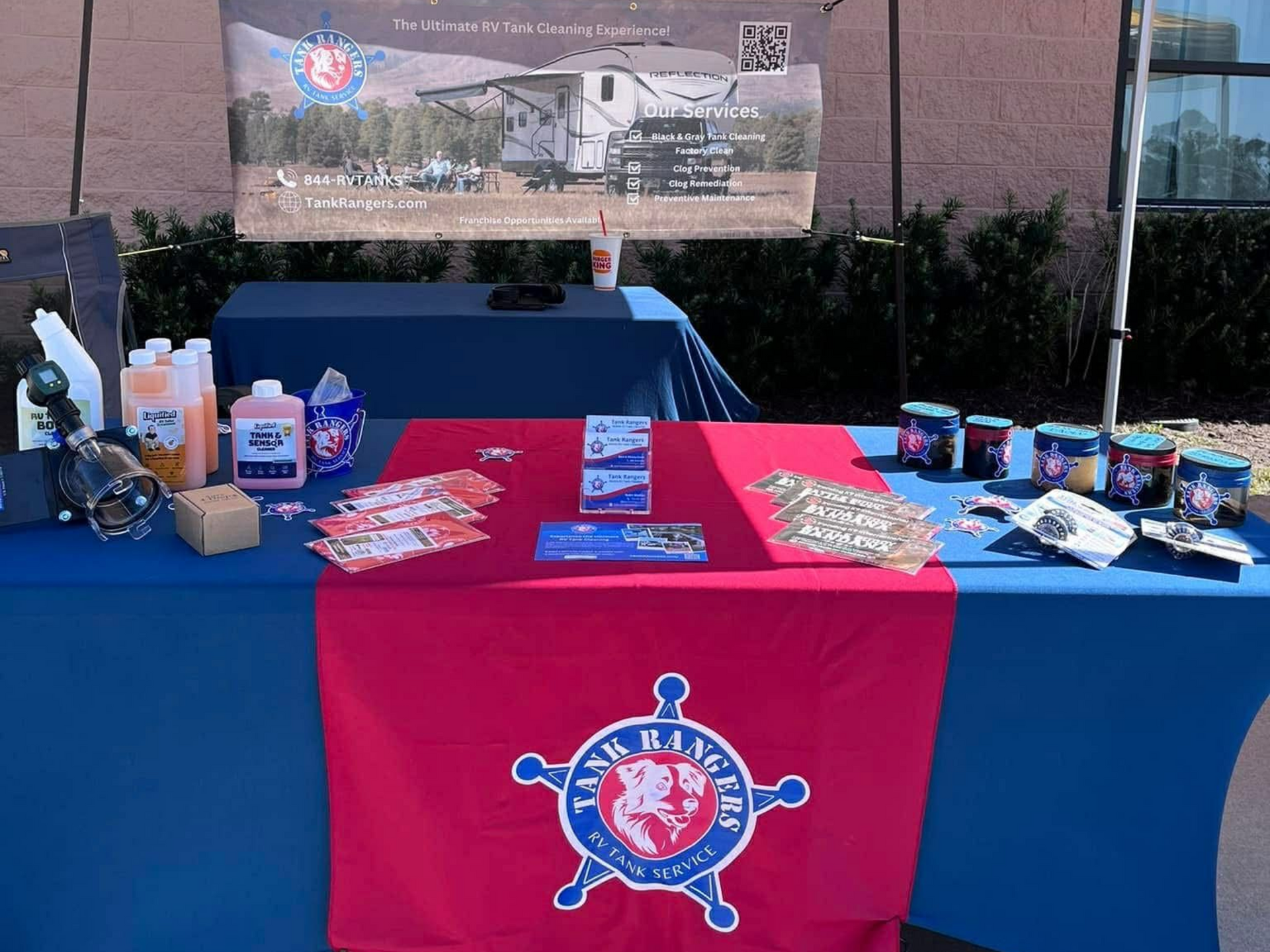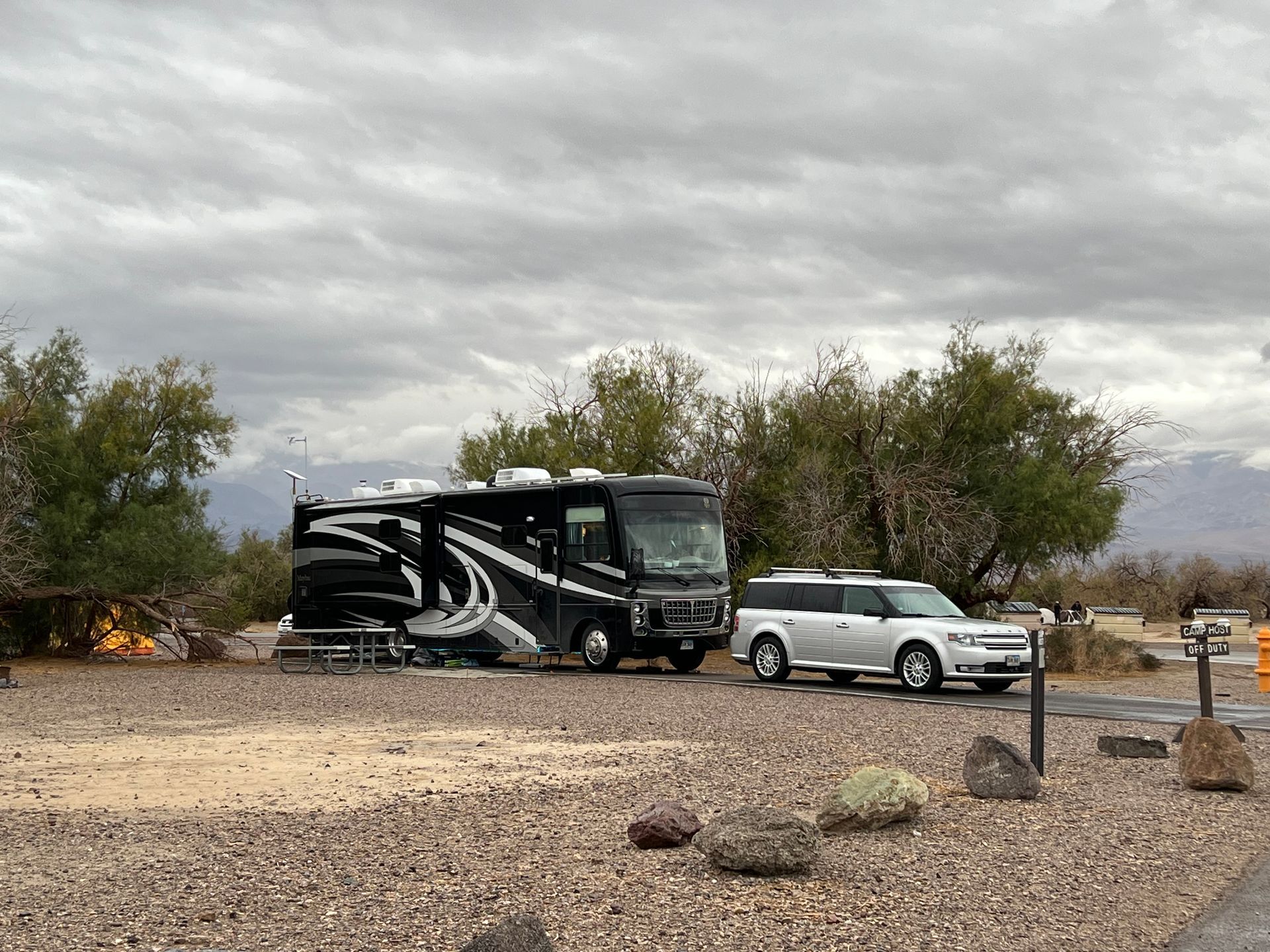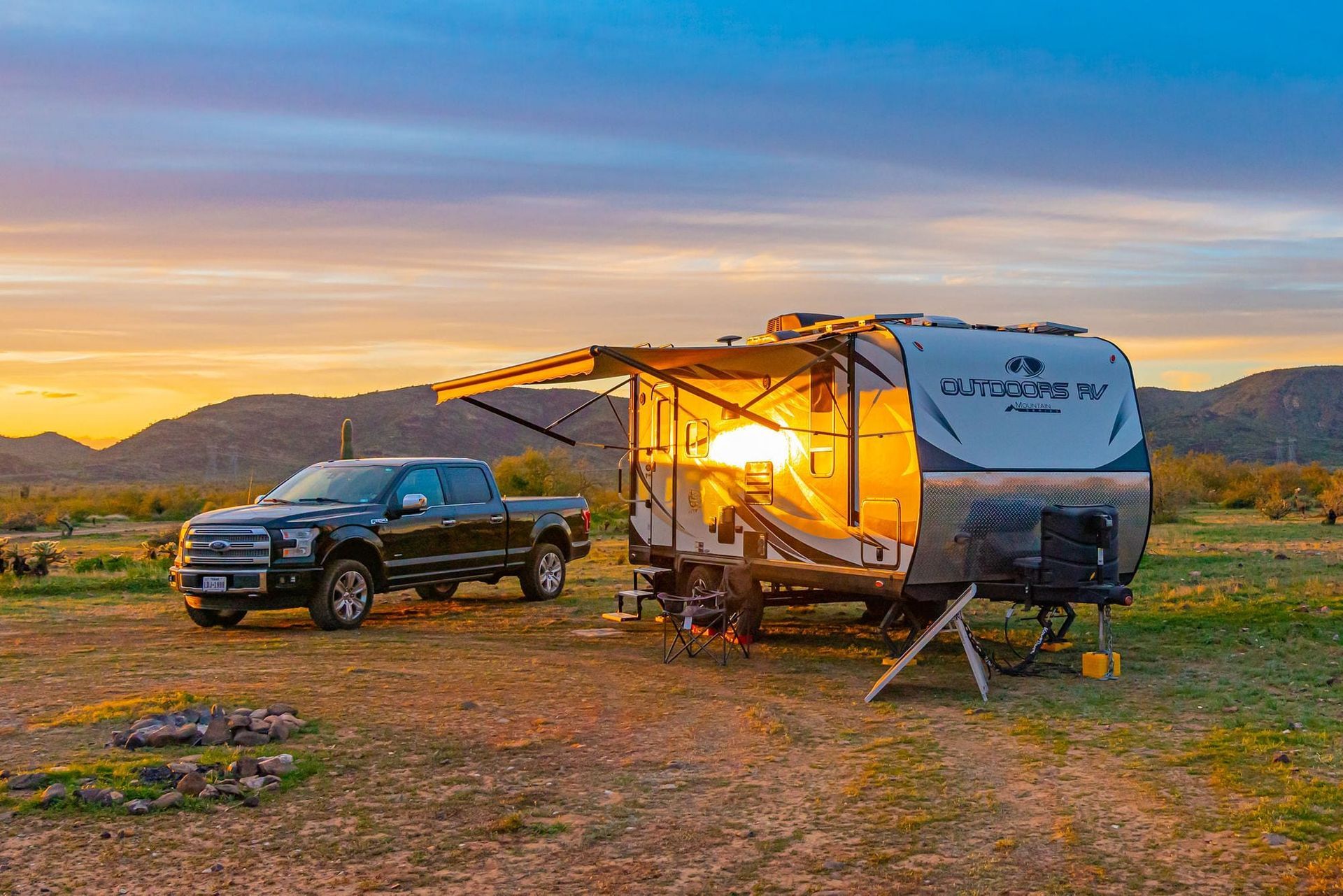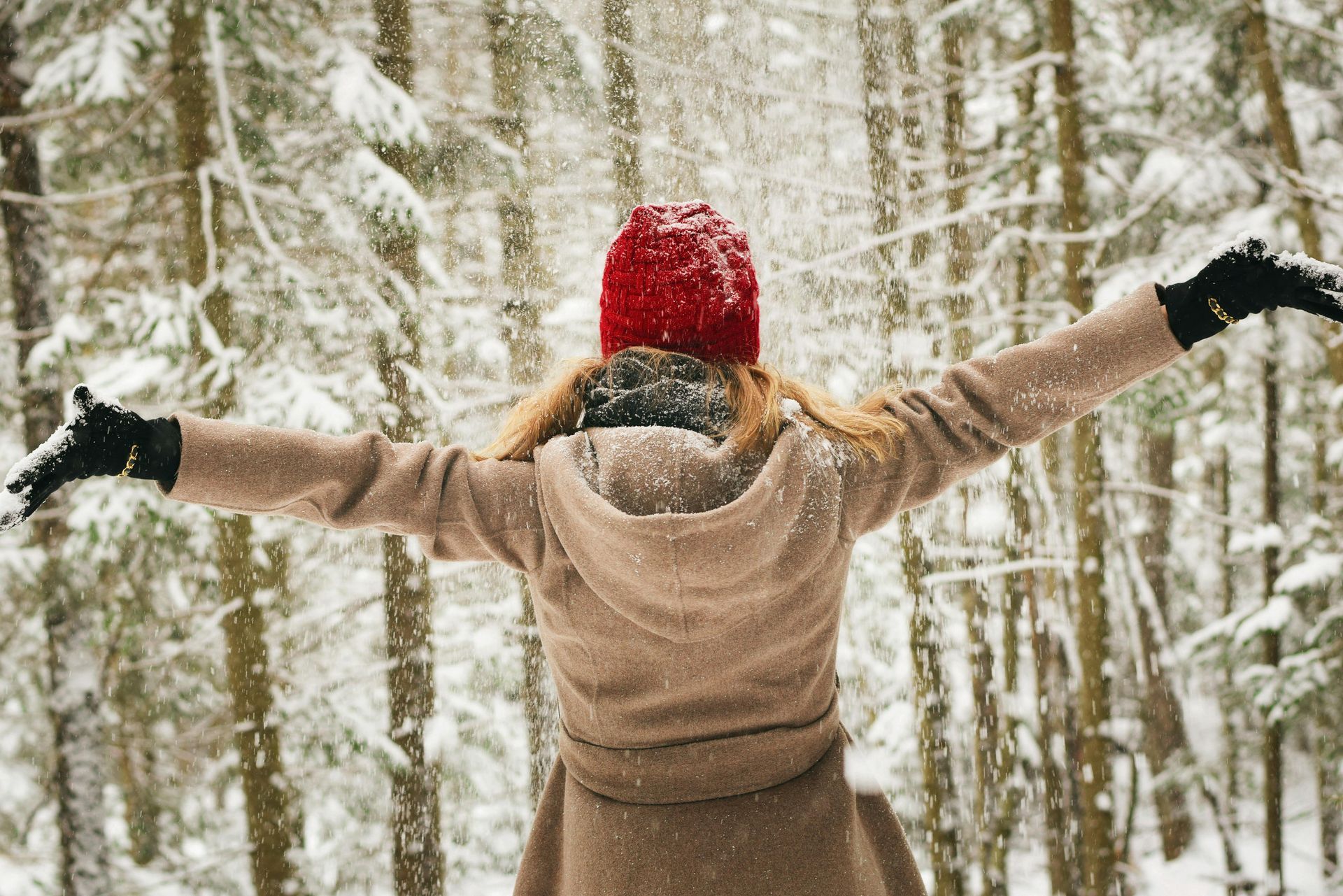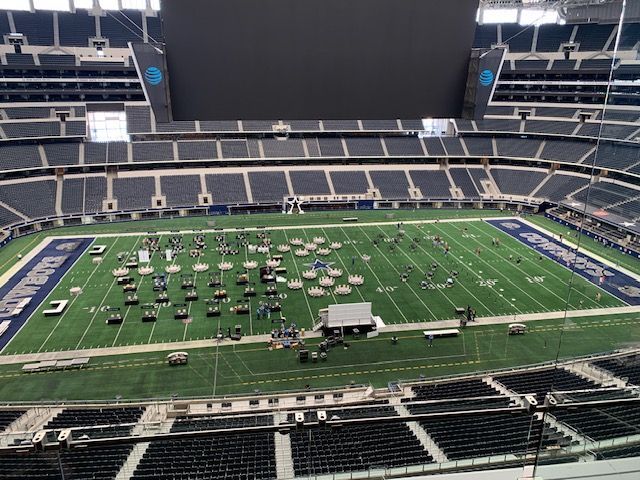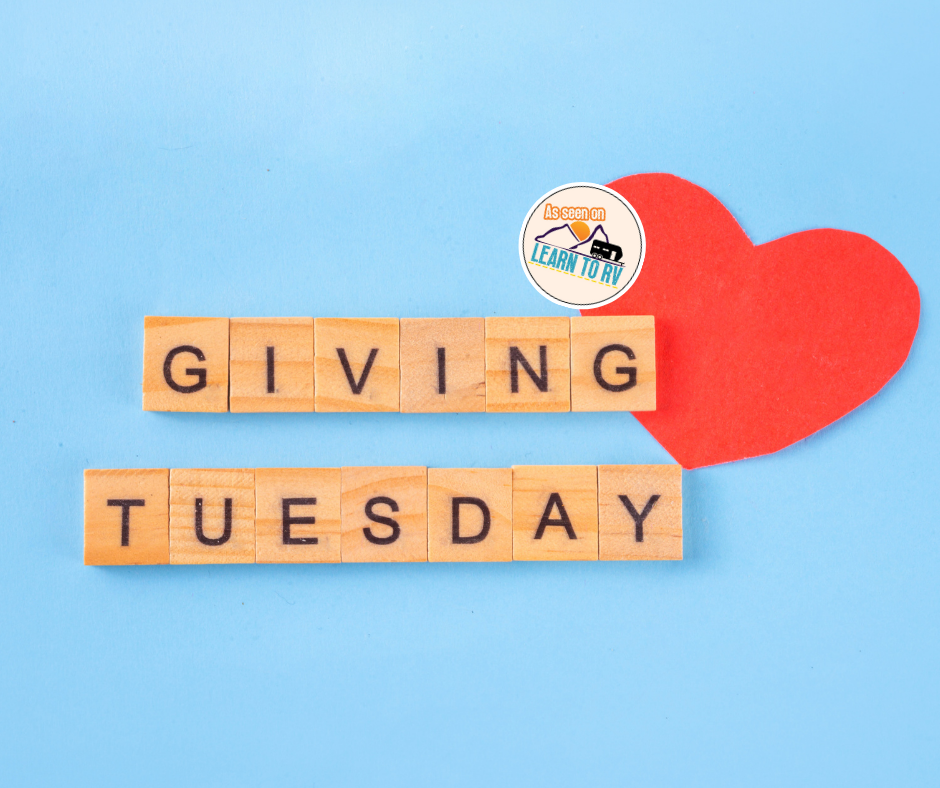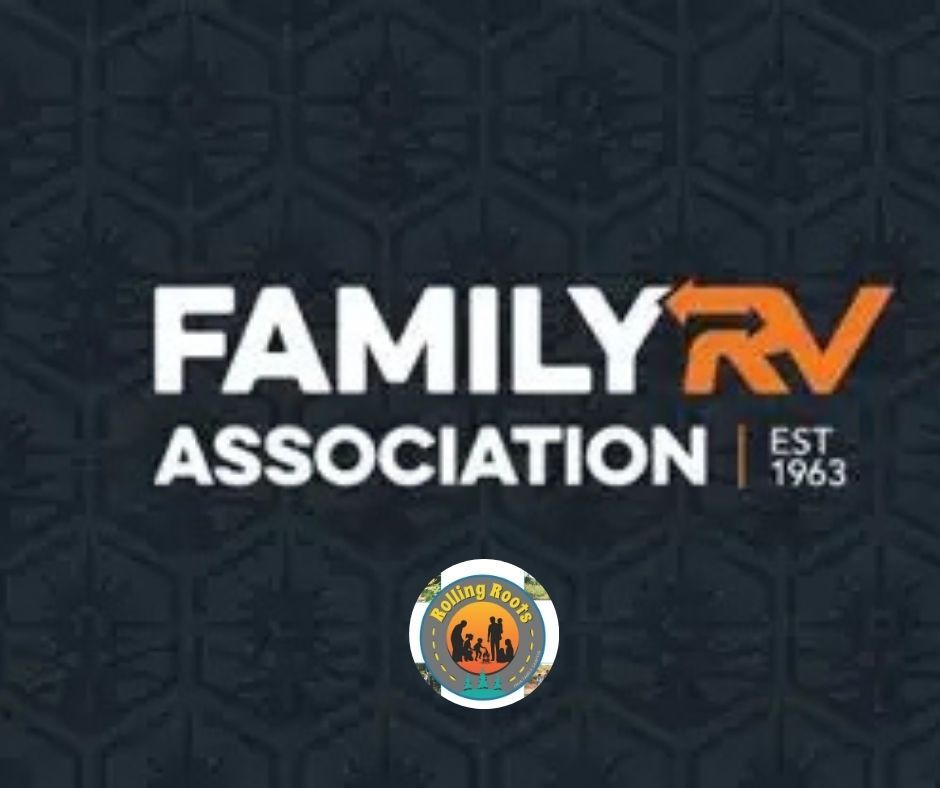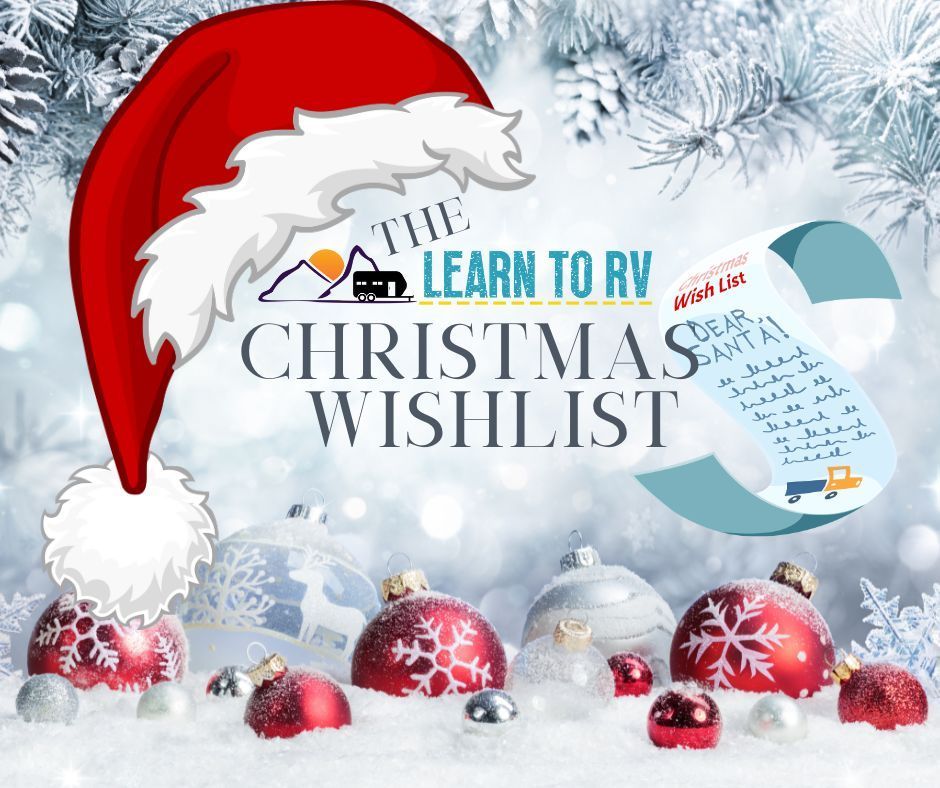Camping with Confidence: How to Stay Safe on the Road and at Camp
Michael Gardner • July 23, 2025
Safety for You & Your Crew
Know Before You Go: This really means know before you plan or make reservations. Apps like Compendium, Allstays or iOverlander provide reviews you can check. Campers are usually not shy about voicing their opinions when a campsite or area isn’t safe (or pleasant). In this new world with AI, if your chosen web browser is plugged into AI, like Google + CHATGPT, you can ask a question like “How safe is the campground D&W at Champaign, Illinois” and get an answer like: “D & W Lake Camping & RV Park in Champaign, Illinois, is generally considered a safe and well-maintained campground. Reviewers frequently praise the park's cleanliness, peaceful atmosphere, and helpful staff. The owners, in particular, are noted for their attention to detail and proactive communication, such as alerting campers to road closures."
OR: "How safe is the campground Thousand Trails Las Vegas?" and you get an answer like "Thousand Trails Las Vegas RV Resort has mixed safety reviews. Some campers report feeling safe within the gated and fenced park, while others cite concerns about the surrounding neighborhood and potential for theft, especially of items left outside."
Checking ahead is especially important if you plan to boondock.
Trust Your Gut: If something feels off about a location or neighbor, don't ignore it — move on. If you’ve been on the road long enough (like us), there will be times when, as approaching your campground, you come to the conclusion – “not here!”. Your home has wheels for a reason. Often when searching for place to stay we identify a first and second choice.
Let Someone Know Your Plans: We’ve all heard stories about RVers who “drop off the map”. Many times, they are boondocking somewhere without cell service, but sometimes they are in real trouble. Share your itinerary with a trusted friend or family member. It only takes a text to update them. You can also share your phone’s GPS location with them. Even if you enter a cell phone desert, your itinerary as well as your last known GPS location will go a long way toward sending you help.
Stay Aware of Your Surroundings: As you approach and enter a campground, consider the surrounding area. Is it residential, or commercial. Is the area run down? Is the park? Are there fences and lights?
Avoid walking alone at night. Be cautious sharing plans and information with strangers. Don’t overshare details about your rig, children or plans. My experience is most RVers are just like you, trustworthy, but you can’t tell if that is true in a three-minute conversation.
Don't Invite Trouble: RV Security Tips
Lock Everything: Always lock your doors, windows, storage bays, and tow vehicle when leaving, even for a short walk. With our first trailer, we discovered all the storage doors used a common key that many other RVers doors used. We changed all our outside storage door locks to a unique key. Bicycles are always locked, even when mounted on the back of our RV on a rack. I will say that there are a couple of sites that we have often stayed long term where I will leave my grill and propane fire pit outside, but expensive, easily stolen items like E-bikes are always locked.
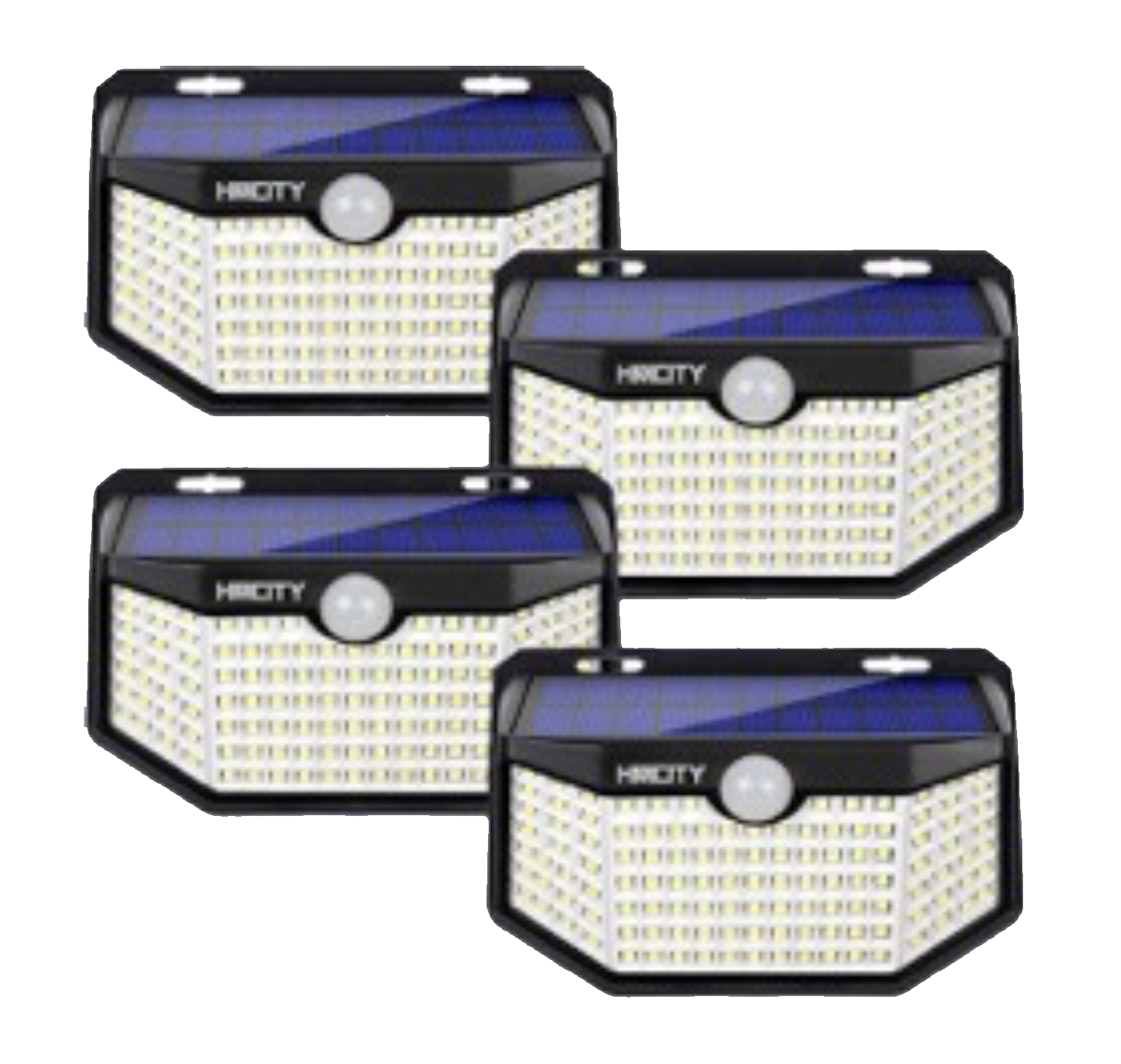
Use Security Devices: I have four motion activated lights that I can quickly attach around my RV. Most of the time, I just have one outside my door, but if I have extra concerns, I can put them all out. There are many brands, like Ring or Blink, but there are also many inexpensive models on Amazon, like these.
If you have a motorhome, don’t leave your keys in the ignition or where they are easily found. If someone breaks in, it is just too much temptation. Steering wheel locks (motorhome or car/truck) can provide an extra layer of security. If you have a travel trailer, a hitch lock is a necessity but consider adding a wheel lock of some sort. Pin locks can be added as well, even with 5th wheels.
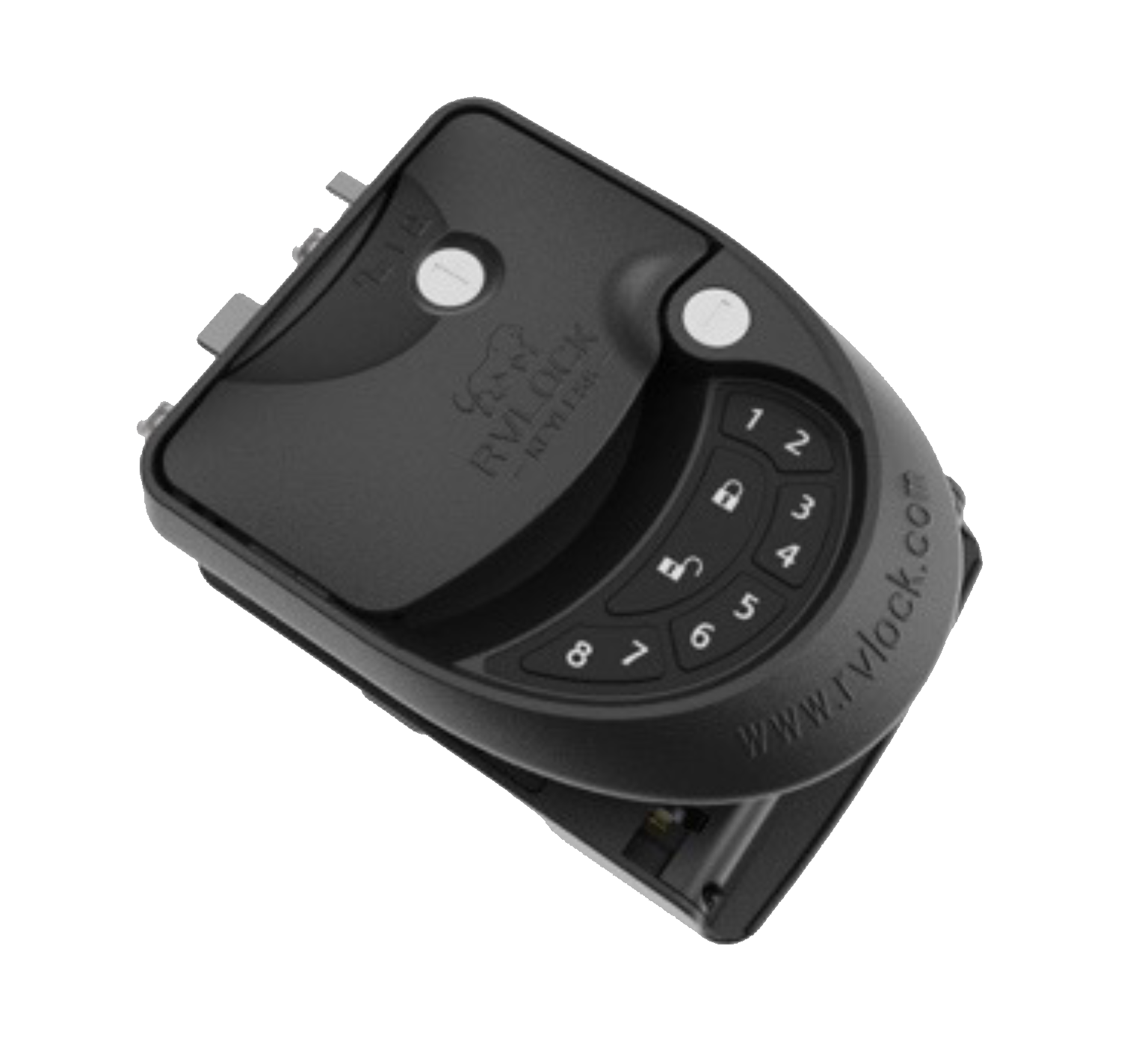
RV door locks can also be generic. At one campsite, a camper from a motorhome stopped me and said they locked themselves out. It was a different brand from mine, but I grabbed my keys – and what do you know? I was able to open their door. We switched to an electronic door lock from RVlock which has the convenience of pushbutton or key fob, but also uses a unique, more difficult to pick lock. Our daughter uses the LatchIt brand and has been happy with it as well.
Cameras are another excellent layer of protection. Ring and Blink offer battery-powered or plug-in cameras with Wi-Fi connectivity, motion alerts, and cloud storage. Ring has a Spotlight Cam and Stick Up Cam that work well in RV settings. Blink cameras are especially popular because of their compact size and long battery life. Many RVers mount cameras near entry points or use a video doorbell if they often receive packages or visitors.
If you prefer a system without a subscription, there are several budget-friendly alternatives on Amazon that record to SD cards. Look for models that allow remote viewing via app so you can monitor your rig even when you’re away exploring.
Close the Blinds: Close the blinds, put the toys away, in your RV, tow vehicle and toad and ALWAYS lock all vehicles. In sketchier areas, kids will go through the campground looking for money, sunglasses, bicycles – anything they can grab. If you leave something expensive visible in your vehicles, you are inviting a broken window on top of the stolen item.
Install a Safe: Small safes don’t cost a lot and often have some fire resistance. Store passports, cash, medications, or important documentation. Most safes have a means to secure them to a wall or other immovable object. A safe won’t do you any good if a thief can just walk away with it. Store the items in there in a small bag to make it easy to grab in an emergency. And by all means, store firearms securely!
Additional safety items to consider:
- Steering wheel locks – Great for motorhomes or tow vehicles to deter theft.
- Hitch locks – A must for travel trailers to prevent drive-away theft.
- Wheel locks or chocks with locks – Adds another obstacle for would-be thieves.
- Pin locks for 5th wheels – Secures the hitch from being accessed or tampered with.
Campsite & Tent Safety – In Order to be Even Safer…
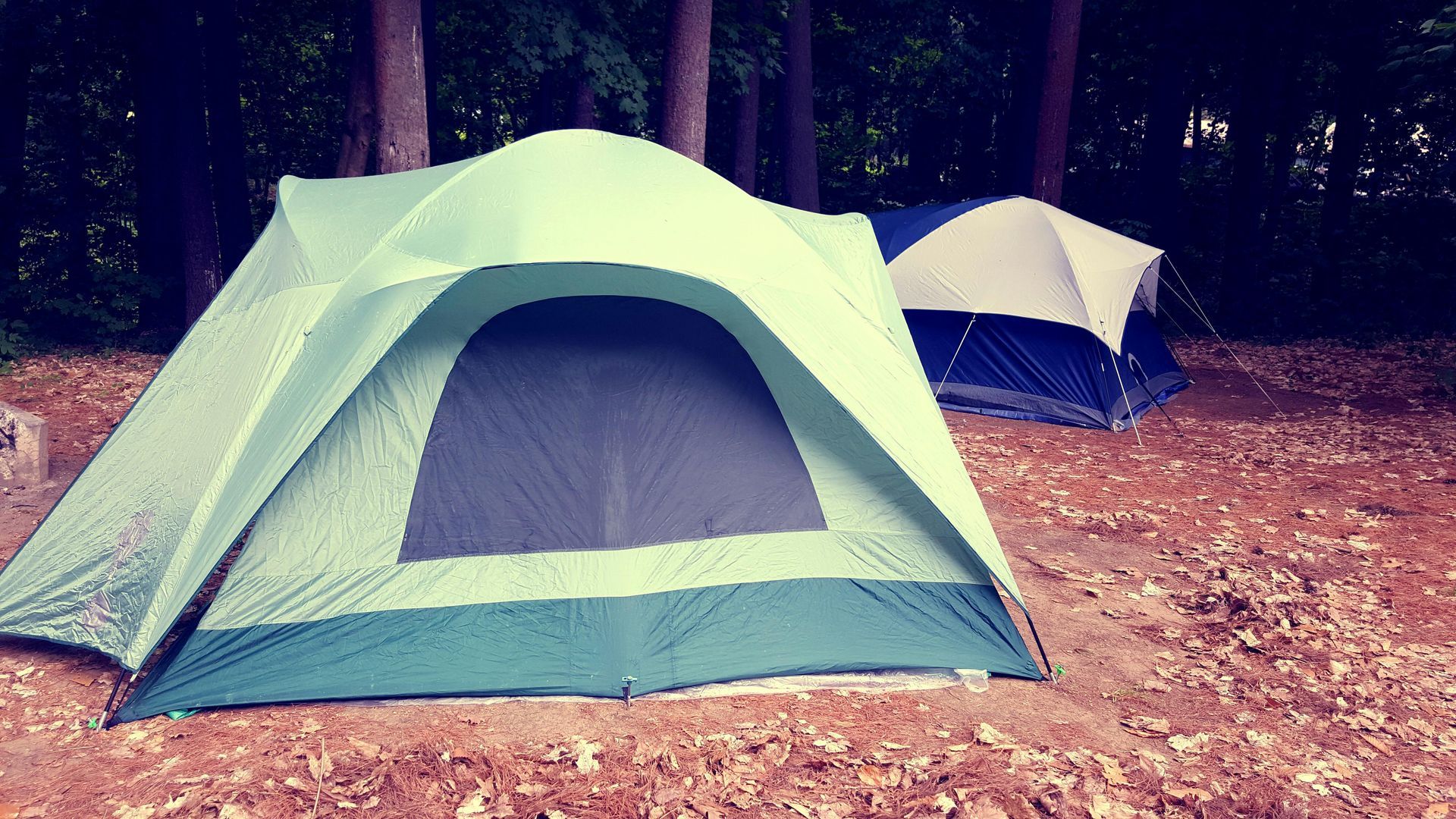
Keep Valuables Out of Sight
- Don’t leave bikes, grills, or coolers unattended and unlocked.
- Even a light steel cable with a combination lock will keep an opportunistic thief from walking off with your stuff. If you can, store items out of sight when not in use.
Secure Your Tent
- While tents are inherently less secure, lockable storage bins inside can protect valuables. A camera is easy to walk away with, a bulky heavy bin, not so much.
- Choose well-lit, populated areas in developed campgrounds.
Don’t Advertise an Empty Site
- Leave a chair, lights, or music on to give the impression someone is there.
Know Your Neighbors
- Build rapport with those around you; campers often look out for each other. We do. Ask them how they like their RV – irresistible conversation starter for most campers.
Boondocking/Off-Grid Precautions
Park Strategically
- Don’t camp right next to the road. Buddy up with one or more RVers. If everyone is going on a hike, perhaps one person can stay behind to keep an eye on things.
- Look for places with multiple exit options in case you need to leave quickly.
- We have a motorhome and toad. When we stop at a Walmart or similar situation, we leave the toad hooked up and in tow mode (towed battery charger keeps the toad battery from running down). We leave nothing whatsoever outside at night. We can literally, wake up, pull the bedroom slide in, start up the RV and drive away – never having to go outside. We have never needed to do that, but worth considering. With trailers that obviously can’t be done, but you can minimize the time required to leave a site if things get sketchy.
Don’t Share Your Exact Location on Social Media in Real Time
- Post about boondocking spots after you’ve left to avoid unwanted visitors. Also consider whether you really need to advertise your names, your Youtube channel, all your social tags on the outside of your RV. they reveal a lot of information about you and sometimes about what you store inside your RV. Put your Youtube tag on a sign you can choose to put out in campgrounds you trust.
Use Trail Cams or Dashcams
- Cameras can provide some peace of mind and footage if anything happens and perhaps a little bit of a deterrent. We always use dashcams. We have several simple security cameras
(Eufy) with local storage but also are accessible over the internet that we point out of windows. We also have something most RVers won’t bother with, a four camera Network Video Recording system
(Reolink) – with a camera on each side of the RV. It records 24/7. It does support motion detection and notification, but most campsites are so busy it drove us nuts.
Emergency Preparedness
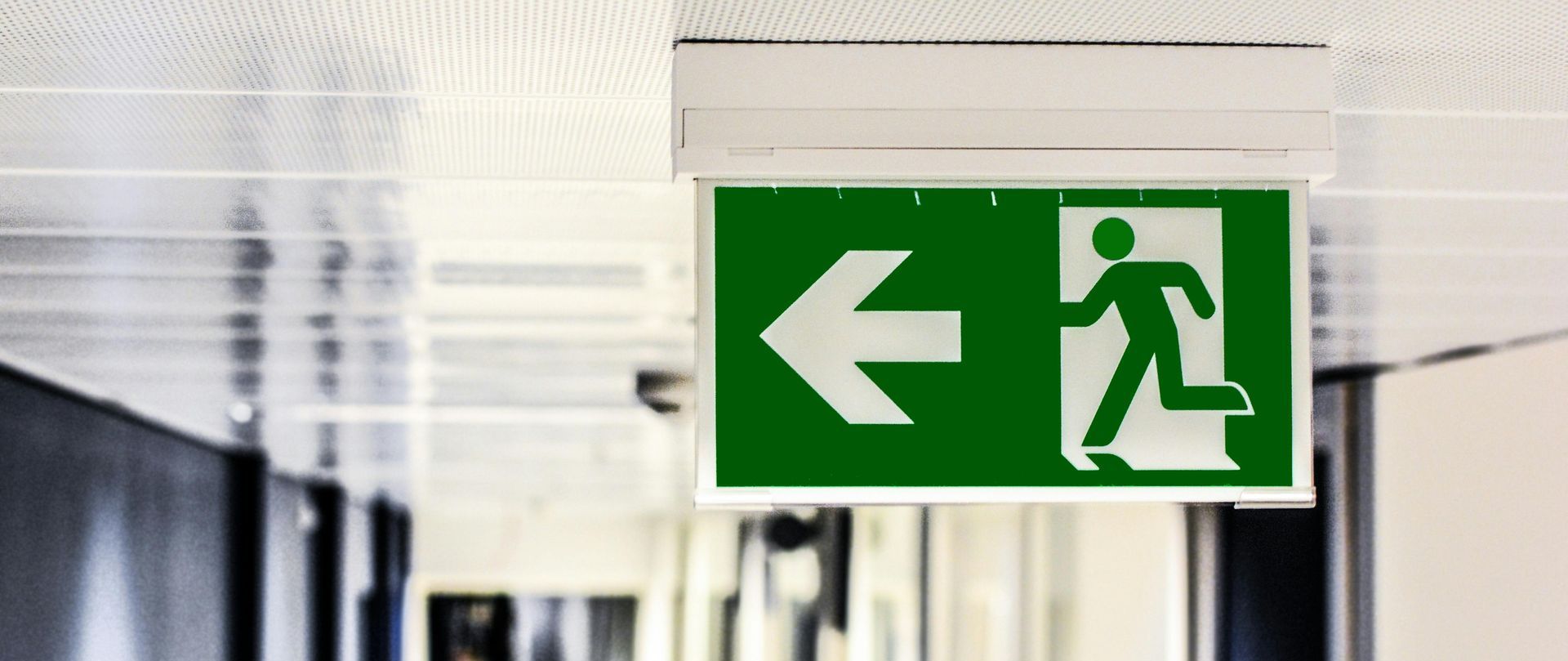
Keep a Personal Safety Tools Accessible:
Keep appropriate Personal Safety Tools accessible. We keep bear spray just above our outside door as well as pepper spray right near the door. While pepper spray is legal in all 50 states, there are state and local restrictions on user age, size and use you should be familiar with. It is not legal in Canada and Mexico if you are planning on crossing borders. Everyone in your RV should know how to use them (or in the case of kids, know not to touch them. A whistle is more appropriate for children. Some people carry stun guns (again, where legal) or, firearm (if trained, permitted and safely stored). Youtube videos will tell you that gun must be accessible, ready to fire in seconds, but you need to weigh that against whether children or another adult have those same few seconds unattended.
Create an Emergency Exit Plan: Know how to hitch up and leave quickly. Who takes care of which part. How do you communicate? We find GMRS radios are simplest and most likely to work anywhere, even when cell towers are down.
Practice “ready-to-go” routines in case of emergencies. Practice some time when you are going to leave anyway, but after the drill is done – stop and go over everything to make sure you’ve not forgotten something during the practice.
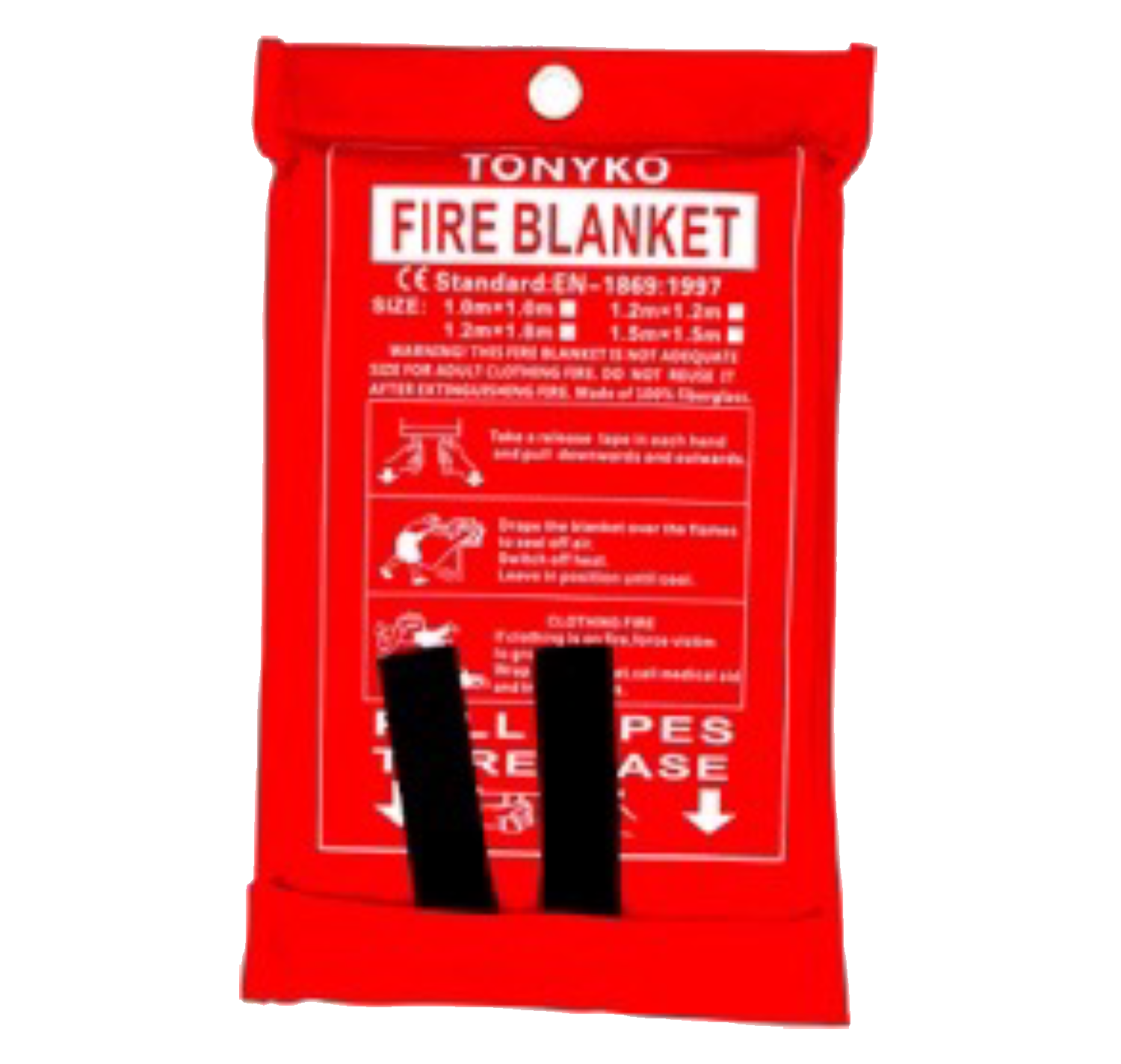
Fire: I’m sure we’ve all seen those videos of an RV burning to the ground in minutes. RVs are made almost entirely of flammable materials. I keep an extra fire extinguisher at the front door, under the front step, in the bedroom and under the seat of my toad. I also have a fire blanket and the no residue spray under the sink for kitchen fires.
Do you know how to activate your RV’s fire escape, in the dark? Can you physically get out that window?
Have Backup Power and Communication: Carry extra batteries, solar chargers, or power banks. Flashlights, flashlights and flashlights. I purchase half a dozen LED flashlights that use a triple AAA battery holder. That holder can be replaced by 18650 lithium batteries. Flashlights like these. You can buy a handful of those batteries and a charger on Amazon. The flashlights are brighter than with alkaline batteries, last longer, have a zoom focus and cost next to nothing to keep charged. I keep a couple near the RV door, one where my tools are stored in the RV and Toad, and various other locations in RV storage where they would be useful.
A satellite communicator (like
Garmin inReach) for remote area emergencies. Recent iPhone models (14 and newer) can connect to satellites for messaging via iMessage and SMS, while certain Android devices like the Pixel 9 series and Samsung Galaxy S25 also offer satellite messaging capabilities, including SOS functionality. T-Mobile's partnership with SpaceX's Starlink allows for basic texting on compatible phones, and Verizon is expanding satellite texting to select Android devices. I suggest you try out your phone before counting on it.
Keep Important Documents Handy:
IDs, insurance, registration, emergency contacts — all in one waterproof and/or fire resistant bag such
as this one that is easy to find while rushing out of the RV
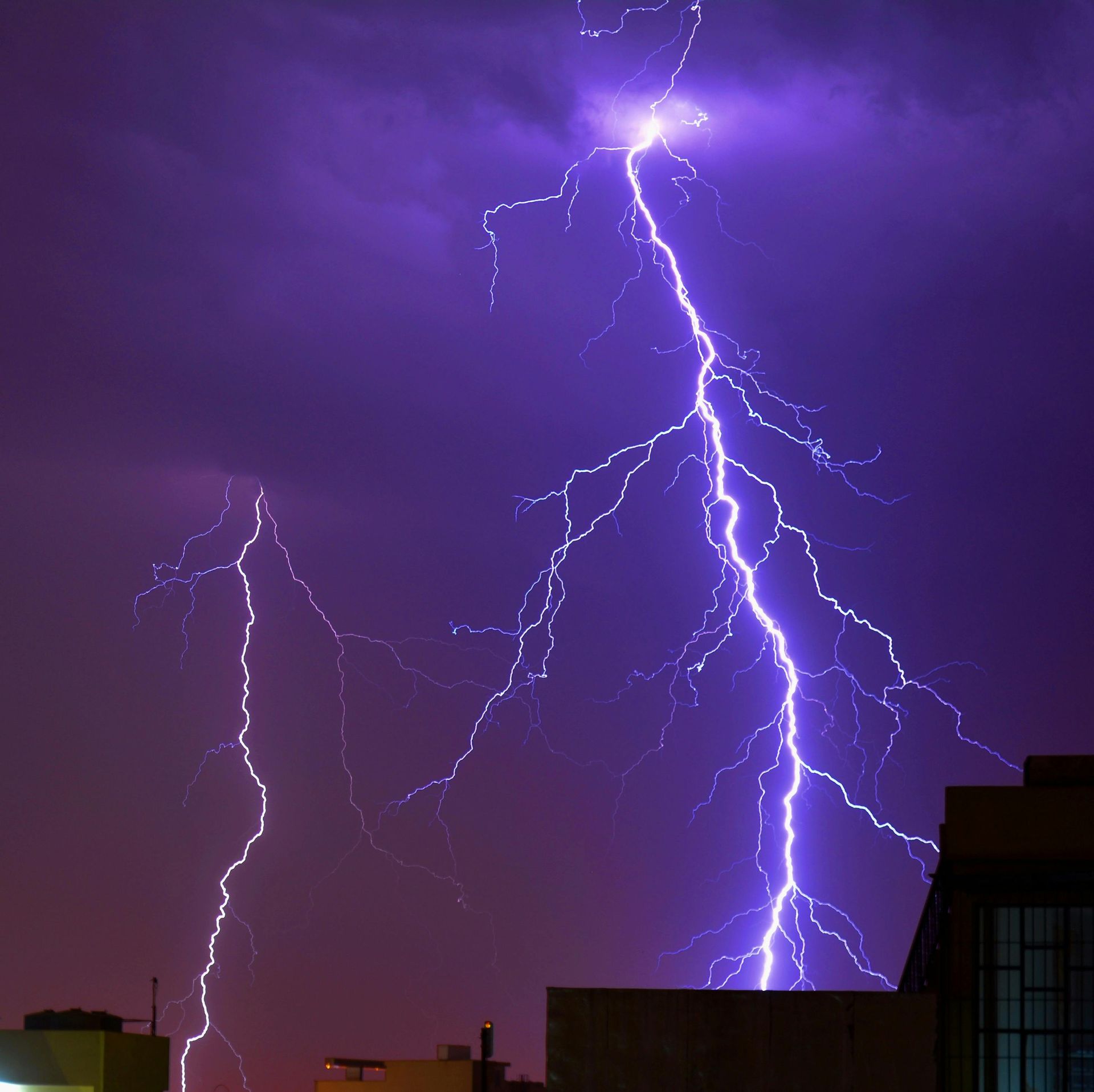
Weather, storms, floods: I strongly suggest you have both a weather radio, a general weather app and Radar app on your phone. Your apps will be useless if the cell tower is down or non-existent so the weather radio is important. Most of the time, you can count on app warnings, but not always as recent news demonstrates. Checking the weather once a day will go a long way to keeping you aware of what may be coming your way.
Floods, particularly flash floods, while rare can be devastating. You can put the address of a prospective campground into this web site: https://msc.fema.gov/portal/home. The site will show floodplains, regulatory floodways etc. It can take a bit of reading to fully understand, but the short answer is, if your campground is in a zone with the letter "A" or "V" (e.g., A, AE, VE) they are considered high-risk areas most likely to flood. These areas, also known as Special Flood Hazard Areas (SFHAs), have a 1% or greater chance of flooding each year. 1% doesn’t sound high but Camp Mystic was in such an area. I’m not saying don’t camp in those areas – we have, but if you do, pay special attention to the weather, escape routes and your weather radio. It can be dry where you are, but a slow-moving storm dumping rain upriver from you, can wash your camp away.
Learn to use your Radar app. Forecasts only tell you what is likely to happen. Radar can tell you what is on its way, how fast it is moving and growing, and wind speeds and hail sizes. It can provide you time to pull in your awnings, put away all your loose stuff and perhaps drive your toad to a gas station with a cover. I don’t suggest packing up and moving the RV whenever storms are forecast, but we have on occasion, redirected our travel to avoid an impending line of storms. It is also a good time to evaluate trees around your RV – do they look healthy? Should you be somewhere else during a major storm? Where is your storm shelter if tornados are approaching?
911- On the road:
911 CAN pick up your location, but there are caveats. If you are at home, on a land line, there is an address in a database for that phone number. If you are on a mobile phone, connected to a cell tower, then for some phones, your GPS position is passed on to 911. Otherwise, the cell towers attempt to triangulate your position and pass that on (which can be nearly 1000 or more feet wrong). If your phone is using WIFI calling, then the address used is whatever address you entered into the E911 database. This address can be updated on your phone, but only street addresses are allowed. No help if you are boondocking or traveling outside of a city. If you are travelling and don’t update this data, then it is likely to be your home address. Finally, you can open a map application, like Google Maps tap your current location, scroll down to coordinates, hold to copy, then send that to 911 via text message. As there are no guarantees any of the above work everywhere, a last resort, be prepared to describe your location as exactly as possible, including road, landmarks etc.
Closing Thoughts
That may sound like a lot of warnings, but the goal isn’t to create fear — it’s to build awareness. Feeling safe in your RV isn’t about being paranoid; it’s about being prepared. A few smart tools, secure habits, and staying alert to your surroundings can go a long way in giving you peace of mind. Most campgrounds are safe and full of great people, but a little extra caution helps ensure your adventures stay focused on fun, not frustration.
Other blogs you might like...
